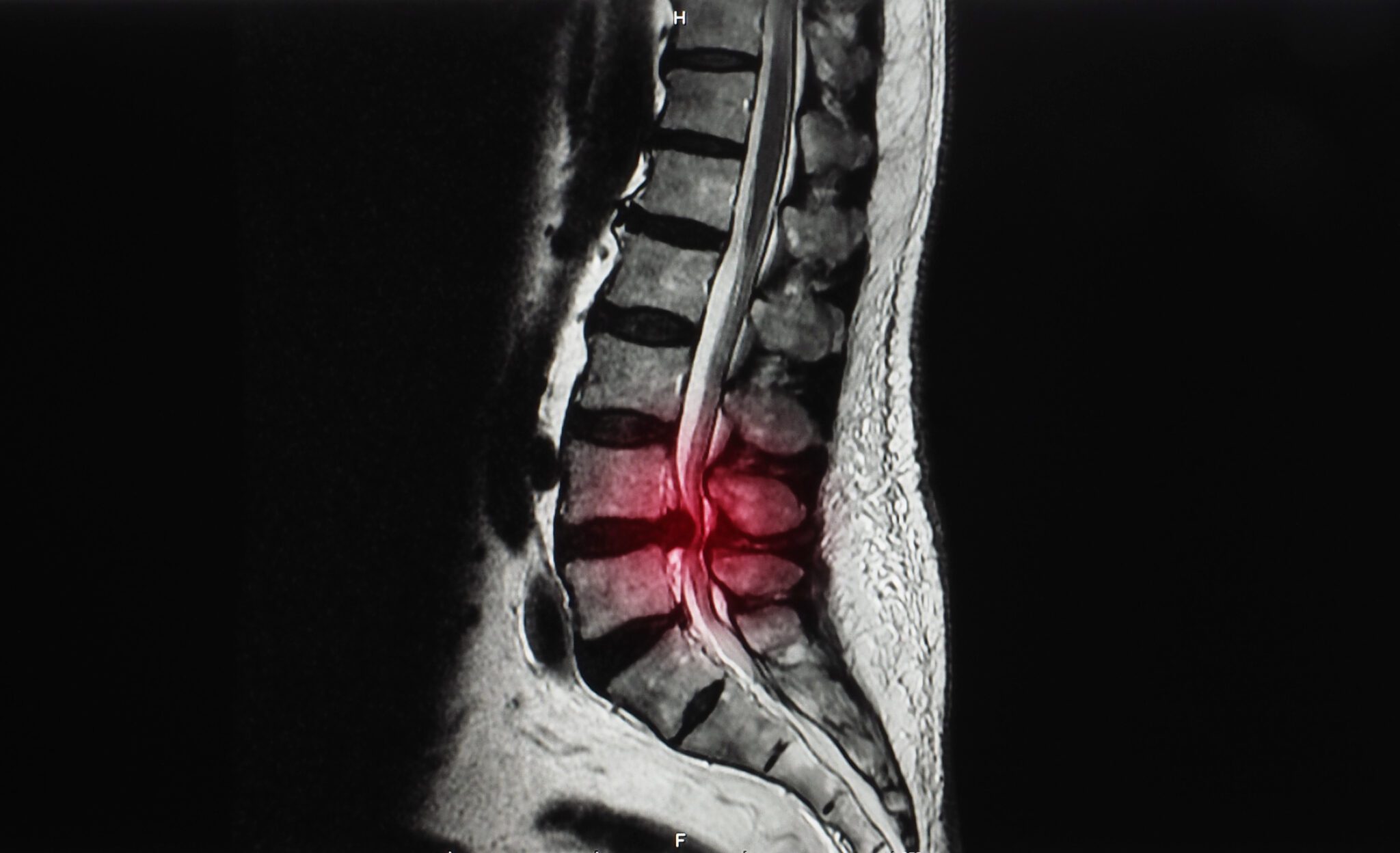Your cart is currently empty!

— by
Introduction: Sciatica is a condition that causes pain radiating along the path of the sciatic nerve, which branches from the lower back through the hips, buttocks, and down each leg. It is often characterized by a sharp, shooting pain, tingling, or numbness. Understanding the common causes of sciatica is crucial for proper diagnosis and effective treatment. In this blog post, we will explore the primary culprits behind sciatica, shedding light on their origins and offering insights into management and preventive measures.
- Herniated Discs: A herniated disc, also known as a slipped or ruptured disc, is a prevalent cause of sciatica. It occurs when the soft inner core of a spinal disc protrudes through the tougher outer layer, pressing on the nearby nerve roots. This compression can result in pain, tingling, and numbness along the sciatic nerve. Disc herniation is commonly caused by wear and tear, age-related degeneration, or sudden traumatic injuries.
Treatment and Prevention:
- Physical Therapy: Targeted exercises and stretches can help strengthen the supporting muscles, improve flexibility, and alleviate pain.
- Medications: Nonsteroidal anti-inflammatory drugs (NSAIDs) and muscle relaxants may be prescribed to manage pain and reduce inflammation.
- Epidural Steroid Injections: Corticosteroid injections around the affected nerve can provide temporary relief from severe symptoms.
- Proper Lifting Techniques: Using your legs instead of your back when lifting heavy objects and maintaining a neutral spine position can help prevent disc herniation.
- Lumbar Spinal Stenosis: Lumbar spinal stenosis refers to the narrowing of the spinal canal in the lower back, leading to compression of the nerve roots. This narrowing is often caused by age-related changes, such as the growth of bone spurs, thickened ligaments, or bulging discs. As the nerves become compressed, sciatic pain can develop, accompanied by weakness and numbness in the legs.
Treatment and Prevention:
- Physical Therapy: Specific exercises and stretching routines can help improve flexibility, strengthen supporting muscles, and alleviate symptoms.
- Medications: Pain relievers, including NSAIDs, and medications for nerve pain may be prescribed to manage discomfort.
- Epidural Injections: Steroid injections can provide temporary relief by reducing inflammation and alleviating nerve compression.
- Regular Exercise: Engaging in low-impact activities, such as walking or swimming, can help maintain mobility and minimize stress on the spine.
- Piriformis Syndrome: The piriformis muscle, located in the buttocks, plays a role in hip rotation. When this muscle becomes tight or spasms, it can irritate the nearby sciatic nerve, leading to sciatica-like symptoms. Piriformis syndrome is commonly caused by overuse, prolonged sitting, or trauma to the area.
Treatment and Prevention:
- Stretching and Strengthening Exercises: Targeted stretches for the piriformis muscle, along with strengthening exercises for the surrounding muscles, can help alleviate symptoms.
- Heat or Cold Therapy: Applying heat or cold packs to the affected area may provide temporary relief.
- Posture and Ergonomics: Maintaining proper posture and using ergonomic supports, such as lumbar pillows, can prevent piriformis syndrome caused by prolonged sitting.
- Rest and Activity Modification: Avoid activities that worsen symptoms and allow the muscle to heal through rest.
Conclusion: Sciatica can be a debilitating condition, but understanding its common causes is essential for effective management and prevention. Whether it’s due to herniated discs, lumbar spinal stenosis, or piriformis syndrome, a combination of targeted exercises, medications, and lifestyle modifications can provide relief and promote healing. It is crucial to consult